Choosing a loyalty program for some is easy. For the business traveler captive to a major airline hub, sticking with the hometown airline is usually the best choice. Your status is footed by other people’s money, and you’re able to enjoy the benefits. The options, convenience, and lack of cost (to you) easily makes the dominant carrier the most rewarding airline program.
For others, picking a loyalty program is actually a choice. If you live in a split hub/area (e.g. LAX, ORD, NYC), or have a specific competitive route that you fly all the time (e.g. LAX to NYC), it may or may not make sense to stick with a specific carrier. And if you do choose to be loyal, one program may have more advantages over another.
There are lots of factors in play. It’s hard to objectively say there is a most rewarding airline loyalty program among all options, but I’m going to try. If you’re based on the West Coast, I’m going to argue that Alaska Mileage Plan is solidly the top choice. Here’s why.
High Mileage Accrual Makes Alaska the Most Rewarding Airline Loyalty Program
Alaska Airlines likes to advertise that you earn 30% more miles when flying with them. I’m not sure how they come up with this number overall, but I can agree that you do typically see a higher earning rate when flying roughly equivalent tickets with them. The exception will usually be expensive short-haul tickets, and some partner tickets.
The primary thing that Alaska has going for it that they are one of just two airlines remaining in the U.S. that still award redeemable miles based on the number of flown miles (the second is Frontier). You also earn a minimum of 500 miles per flights, so even a short hop from Seattle to Portland will earn at least 500 miles.
This usually makes Alaska the most rewarding loyalty program, even without factoring in elite status bonuses. For example, if you paid $79 for the flight from Seattle to Portland, you’d earn approximately 300 redeemable Delta Air Lines SkyMiles. Contrast this with the 500 you earn with Alaska. The same is true of other competitive hops, such as SFO to LAX, where you’d earn 325 miles on an $84 fare with United, but still 500 with Alaska.
Alaska also offers better elite mileage accrual. You enjoy a 50% boost at the first status tier (compared to 40 with any of the “Big 3”), 100% at the second tier (compared to 60%), and 125% at the third (compared to 80%). So the difference in mileage earning even more pronounced if you become an elite. This brings me to my second point.
Elite Qualification Makes Things Even Better
Alaska offers the easiest elite status qualification requirements of any of the major U.S. airlines. I wrote a post for Miles to Memories regarding this very topic, discussing how cheaply you can earn status with Alaska compared to what it costs with their competitors. You enjoy nearly all of the same perks, although some of the top-tier benefits (e.g. global/system upgrades) are not as good.
If you don’t fly a ton but still have your heart set on trying to earn elite status, consider Alaska’s program above others. You might land at one of their lower tiers versus not even getting off the ground with either American or United. Here are Alaska Airlines’ elite status requirements:
– MVP – 20,000 miles on Alaska or 25,000 miles on Alaska and partners
– MVP Gold – 40,000 miles on Alaska or 50,000 miles on Alaska and partners
– Gold 75K – 75,000 miles on Alaska or 90,000 miles on Alaska and partners
Alaska does not implement a spending requirement, which is one of the difficult barriers to status for leisure flyers with other carriers. This means that just a handful of trips across the country can net you Alaska elite status. If you’re able to attain elite status when you otherwise wouldn’t and add even more to your mileage accrual, this will clearly make Alaska Mileage Plan the most rewarding airline loyalty program.
Example Mileage Accrual as an Alaska Elite
Assuming you do bite the bullet and head toward Alaska elite status, here are a few comparisons of what you’d earn. This might be slightly unfair, but I’m going to assume that you fly 40,000 miles in a year and hit Alaska MVP Gold versus someone who attains Delta Silver status. At MVP Gold you enjoy a 100% bonus on redeemable miles versus a 40% bonus with Delta.
Let’s assume you’re based in Seattle and fly the following routes in a year:
- Seattle – NYC (x2)
- Seattle – Honolulu
- Seattle – LAX (x3)
- Seattle – SFO (x2)
- Seattle – Orlando
- Seattle – Boston
- Seattle – Austin
- Seattle – Chicago
You’ll earn ~40,560 elite miles from all this flying, enough to (re)qualify for MVP Gold. Assuming you’re already MVP Gold, you’ll also earn a whopping 81,120 redeemable miles. This is all independent of the fare paid. Assuming an average of $300 per ticket, you would have spent $3,600 on airfare to land here.
Now let’s compare Delta. With Delta, you earn miles based on ticket price, not miles flown. Elite status miles are based on miles flown, though. Let’s just assume you fly the same amount and manage to spend the same $3,600. Taxes don’t earn miles or MQDs, so let’s assume you spent $3,200. This, plus your flying distance, will land you at Delta Silver Medallion.
Assuming you already are Silver, you’d earn 7 miles per dollar spent on the $3,200. This is only 22,400 redeemable miles! Alaska wins in terms of earning by a landslide. Not to mention their miles are objectively worth more than Delta SkyMiles.
The Drawbacks of the Alaska Loyalty Program
Alaska is certainly not the best airline loyalty program for everyone. For starters, they simply don’t have the same footprint as Southwest of any of the “Big 3” U.S. airlines. The presence on the West Coast is good. But for much of the rest of the country, flying Alaska is a stretch. There are some destinations that only have one flight per day, so your options are limited. Not to mention you’re in trouble if there are irregular operations.
The lack of a fleet that includes long-haul wide-body aircraft is a downside for some. Alaska flights last roughly 7 hours, at the very most. These are within the reach of their Boeing 737 and legacy Virgin America Airbus aircraft. Without flights to Asia, Europe, or South America, there is no need for them to operate a long-haul fleet. If you do a lot of international travel, Alaska isn’t a hot choice.
Alaska Airlines is not a member of any global airline alliance, something that is both a pro and a con. They have a great array of partners, but the standardized benefits you can expect across an alliance aren’t there.
But, really, for most people it’s about the footprint. Alaska doesn’t fly out of our tiny, local airport. But pretty much everywhere else nearby has a decent number (or better) of Alaska flights.
Conclusion
With the incredible earning rates for Alaska flights compared to their competitors, Mileage Plan is solidly the most rewarding airline loyalty program from a value perspective. The elite status angle is also excellent, as you can qualify for Alaska status more easily than with other U.S. airlines. If I wasn’t sold on Delta for both domestic and international travel, Alaska Airlines would be my top pick. I guess this makes them my second favorite airline.

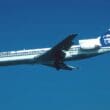



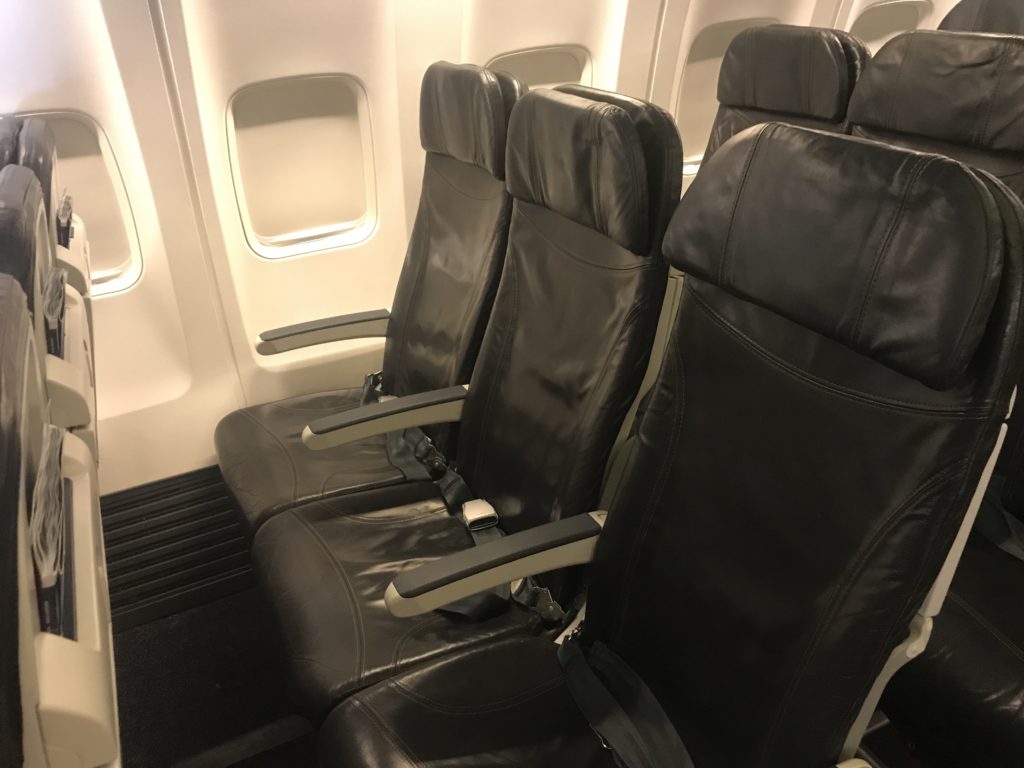
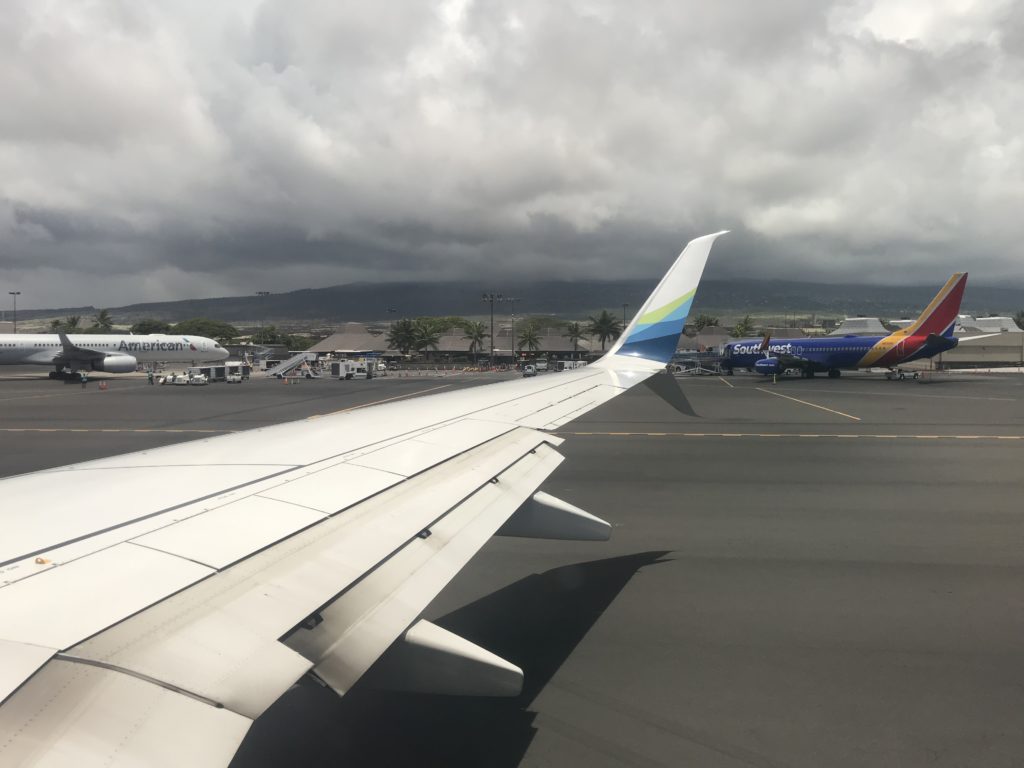
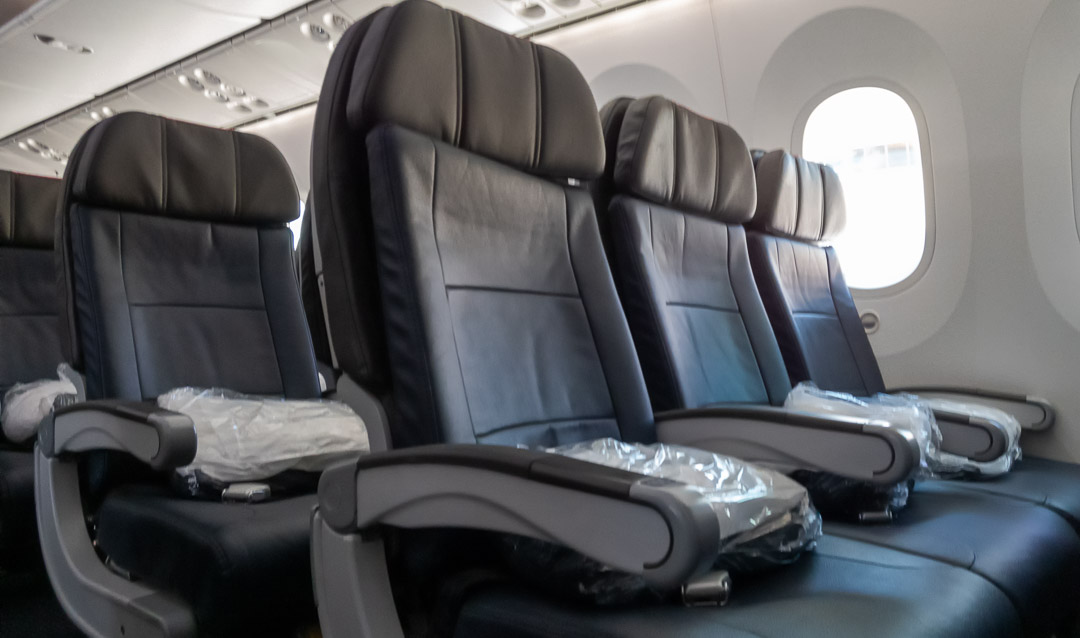

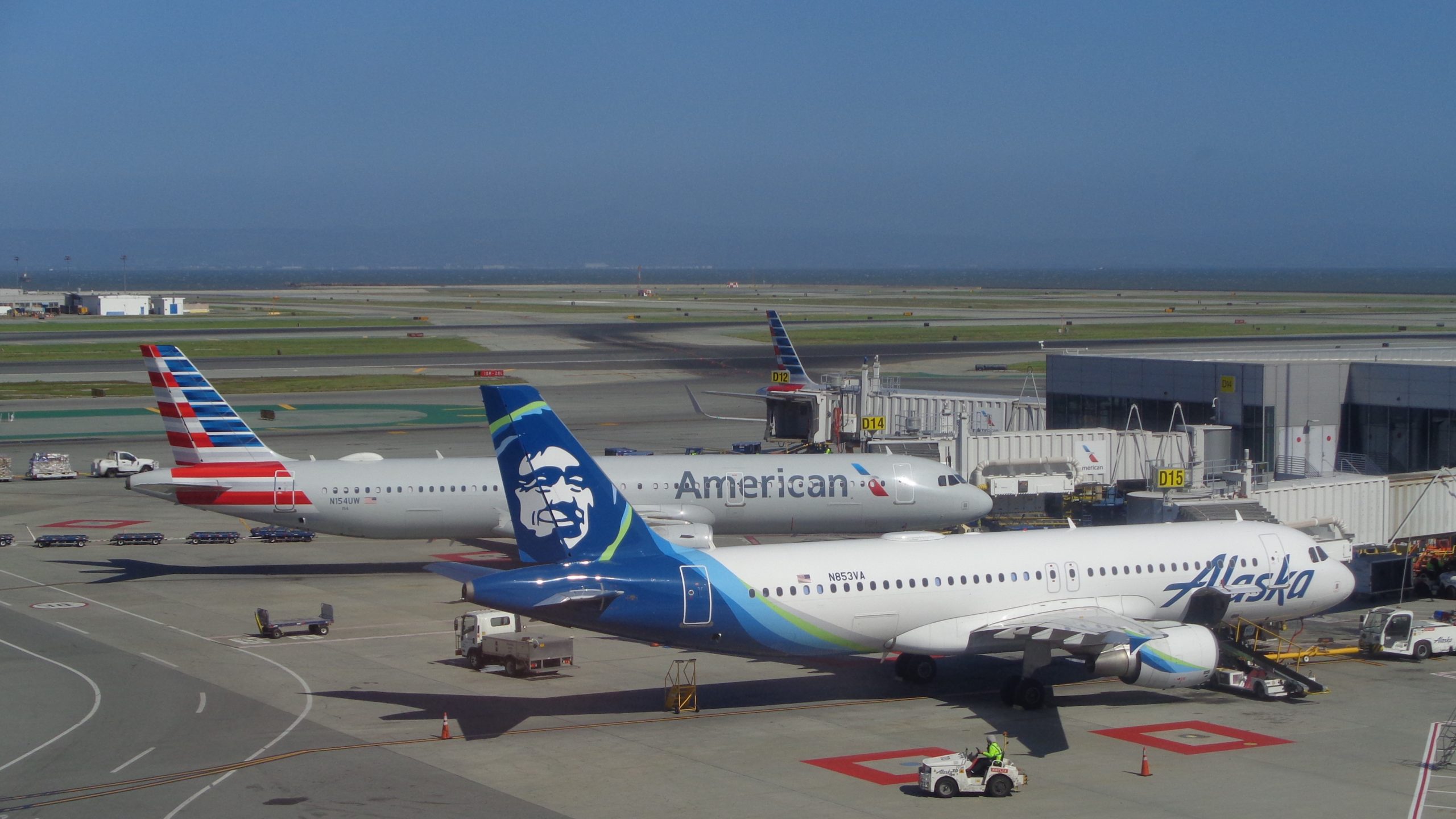

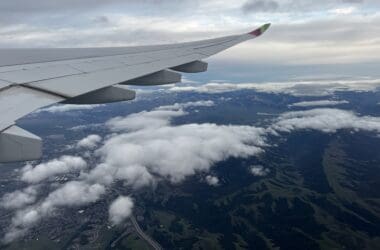



Wait a minute didn’t you just publish this several days ago with this being a shorter version? I read both with your “conclusions” differing somewhat, Alaska is a program aimed at it’s core business loyal traveler whether or not their road warriors or simply everyday people, all you have to do is live here in the NW and you will see Alaska branded Visa Cards everywhere. I am a MM’er on AS and have enjoyed it all these years one reason loyal flyers like is there are fewer ‘hackers’ than on other airlines.
I did. They were supposed to be a bit farther apart, and they were for different outlets and with different SEO. But yes, some overlap. Tried to focus on the earning rates in this post.
I never thought about “hacking” Alaska until recently, but the value is excellent, if you can make them work for you. I just didn’t realize *how* much better until I ran the numbers. If I lived in/near Portland, I’d be flying them all the time.